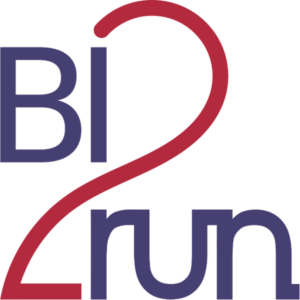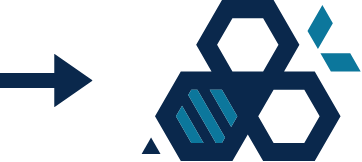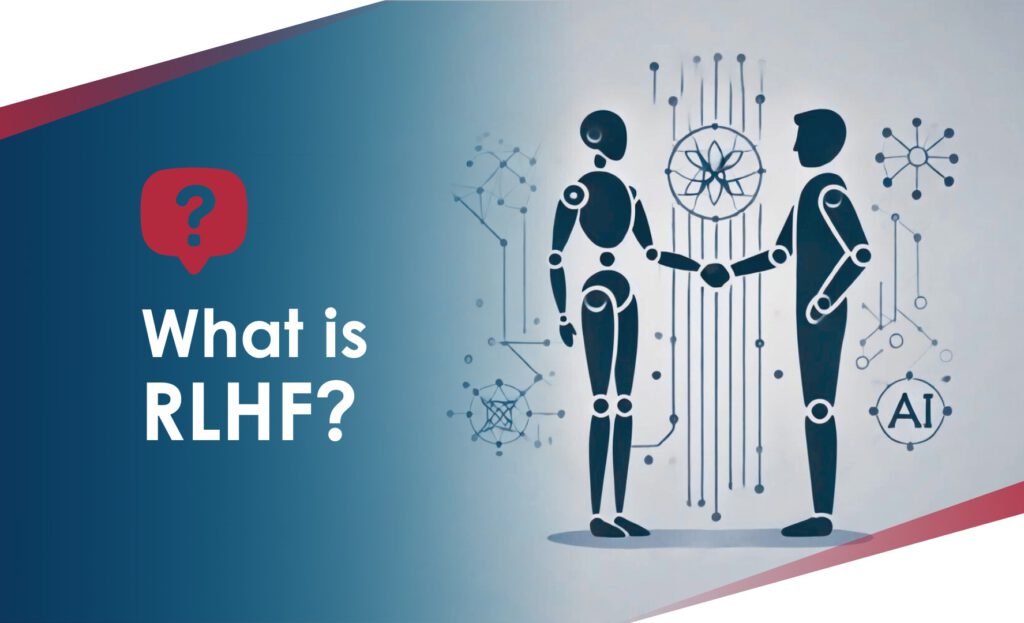Artificial intelligence (AI) has made huge progress in recent years, but it remains a complex topic, especially when it comes to the question of how we can train AI systems to meet human expectations. One of the most innovative developments in this area is “Reinforcement Learning from Human Feedback” (RLHF). But what exactly does this mean and why is it so important for the development of modern AI systems? In this article, we explain what RLHF is, how it works and why it is having such an impact on the future of AI development.
What is Reinforcement Learning from Human Feedback (RLHF)?
Reinforcement learning from human feedback (RLHF) describes a method by which machines learn from human feedback. Reinforcement learning (RL) is a sub-area of machine learning in which an AI agent learns which actions achieve the best results through trial and error and rewards. RLHF combines this concept with direct human feedback to better adapt the AI agent’s behavior to the user’s expectations and needs.
Instead of the AI learning solely through automated reward signals, as is common with conventional RL, human judgment is used to guide it in the right direction. The idea behind this is that humans can use their feedback to evaluate particularly complex tasks, ethical issues or specific preferences better than automated processes.

How does RLHF work?
RLHF takes place in several steps. First, the AI is trained using conventional reinforcement learning, whereby the AI develops a model that solves certain tasks. In the next step, human feedback loops are added:
- Pre-training: First, a language or behavior model is pre-trained. This means that the AI agent is given a basic idea of the task based on existing data.
- Human-in-the-loop feedback: The model is then presented to various human experts who provide feedback on its actions. Humans evaluate the agent’s actions and provide feedback on whether the AI’s behavior is appropriate or could be improved.
- Optimization: The feedback is used to optimize the model’s behaviour. The AI is rewarded when it displays the desired behavior and thus continuously learns to better take human preferences into account.
A well-known example is Llama 3 from Meta, which was developed precisely with the help of RLHF. Interaction with users, who rate whether the answers are helpful and useful, ensures that the model is continuously improved.
Why is RLHF important?
Reinforcement learning from human feedback offers enormous advantages over traditional training methods for AI systems:
- Better alignment with human needs: Human feedback allows the AI to adapt its responses so that they correspond to what people actually want. This is particularly important to avoid ethical dilemmas and ensure that the AI makes socially acceptable decisions.
- Mastering complex tasks: Human feedback providers can rate the AI’s performance in areas that are difficult to measure through automated reward systems, such as empathy, understanding or creative thinking.
- Security benefits: RLHF helps to ensure that the AI does not develop harmful or problematic behaviors, as human feedback is used early on to avoid such developments.
Use cases of RLHF
RLHF is used in a wide variety of areas. In addition to chatbots such as ChatGPT, autonomous systems such as self-driving cars or drones can benefit greatly from human feedback, especially when it comes to ethical issues or complex decision-making processes. RLHF could also be used in the healthcare industry to develop models that support medical diagnoses and incorporate human experience and judgment.
Challenges of RLHF
Despite its benefits, RLHF also comes with challenges. It is resource-intensive as it requires a large number of human experts to provide regular feedback. There is also a risk of bias in feedback, as human assessments can be subjective. Another issue is scalability – collecting human feedback for a large number of models is not always easy to achieve.
Conclusion
Reinforcement learning from human feedback represents a significant innovation in AI development. It makes it possible to train machines in a way that is better aligned with the needs and expectations of humans. By incorporating human feedback into the training process, a new generation of AI systems is emerging that are not only powerful, but also understanding and responsible. Although there are challenges, RLHF offers a promising solution to bridge the gap between human expectations and machine decision making.







